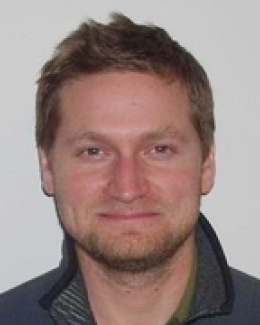Abstract
Quantum computing testbeds exhibit high-fidelity quantum control over small collections of qubits, enabling performance of precise, repeatable operations followed by measurements. Currently, these noisy intermediate-scale devices can support a sufficient number of sequential operations prior to decoherence such that near term algorithms can be performed with proximate accuracy (like chemical accuracy for quantum chemistry problems). While the results of these algorithms are imperfect, these imperfections can help bootstrap quantum computer testbed development. Demonstrations of these algorithms over the past few years, coupled with the idea that imperfect algorithm performance can be caused by several dominant noise sources in the quantum processor, which can be measured and calibrated during algorithm execution or in post-processing, has led to the use of noise mitigation to improve typical computational results. Conversely, benchmark algorithms coupled with noise mitigation can help diagnose the nature of the noise, whether systematic or purely random. Here, we outline the use of coherent noise mitigation techniques as a characterization tool in trapped-ion testbeds. We perform model-fitting of the noisy data to determine the noise source based on realistic physics focused noise models and demonstrate that systematic noise amplification coupled with error mitigation schemes provides useful data for noise model deduction. Further, in order to connect lower level noise model details with application specific performance of near term algorithms, we experimentally construct the loss landscape of a variational algorithm under various injected noise sources coupled with error mitigation techniques. This type of connection enables application-aware hardware codesign, in which the most important noise sources in specific applications, like quantum chemistry, become foci of improvement in subsequent hardware generations.



